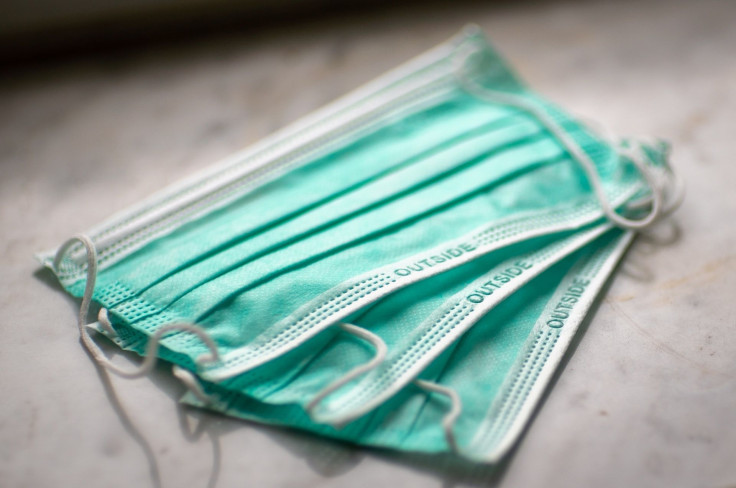Experts Reveal Best Material To Use For A Mask

KEY POINTS
- Federal officials recommend the use of face masks amid the pandemic
- You can create your own face mask in the absence of medical masks
- The best materials for homemade face mask can be found in your homes
Health officials in the US have been recommending the public wear masks whenever outside their homes but not to use those worn by doctors and hospital workers. This is to prevent further depletion of available stocks that health providers need. Instead, everyone has been advised to use bandannas or scarves, or create their own masks using readily available materials.
Although you can use any material, like clothing, to create a mask, scientists say some materials perform better than the others. Scientists are reportedly testing everyday items to find the best material for coronavirus protection. Origami vacuum bags, pillowcases, and flannel pajamas are said to be all candidates.
A Face Covering Can Minimize Spread Of Virus
Experts say even a simple face covering can minimize the spread of coronavirus by preventing germs from being expelled into the open through sneezes and coughs of an infected person. Although they also admit there are variations on how much such face coverings or masks can protect the person wearing it from incoming germs. Sometimes, it depends on the quality and fit of the materials used.
The Centers for Disease Control and Prevention has made an example of a no-sew homemade mask pattern. CDC scientists used a bandanna, a coffee filter, folded fabrics that can be found at home, and some rubber bands.
Scientists Are Trying To Identify The Best Material
There are many scientists around the country today who took it upon themselves to pinpoint everyday materials that can do a great job of filtering out microscopic particles. Recent tests showed that HEPA furnace filters, along with vacuum cleaner bags, fabrics similar to what is used to make flannel pajamas, and layers of 600-count pillowcases, scored well. Those that scored fairly include stacked coffee filters, while bandanna and scarf material gained the lowest score, though they were still able to capture a small number of particles.
If you cannot find any of the materials tested by scientists, you can conduct a simple light examination to help determine whether the fabric you have is a good candidate. According to Dr. Scott Segal, you need to hold the fabric up to bright light. If light easily passes through the fibers, allowing you to almost see the fibers themselves, then it is not a good material. If it is composed of thicker material with a dense weave and light does not pass through the fabric as much, then that is the material you want to use.
A Good Protection
Researchers say that it is vital to note that lab studies are performed under controlled conditions with no baps or leaks in the mask. Test methods, however, can give you a way to make comparisons between materials.
While the ability of the homemade mask to filter out particles may not be really high, it is better than no covering at all. Besides, you do not need the protection level that is required for medical workers. A homemade material created with dense, yet breathable, the fabric will do especially if worn by someone with the virus but do not know he has it.
© Copyright IBTimes 2024. All rights reserved.





















